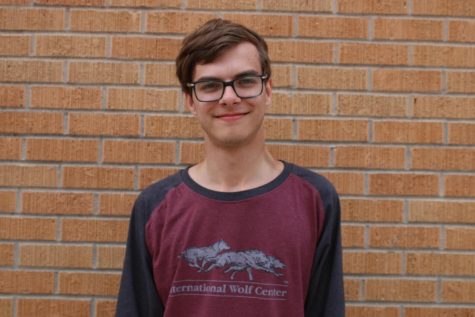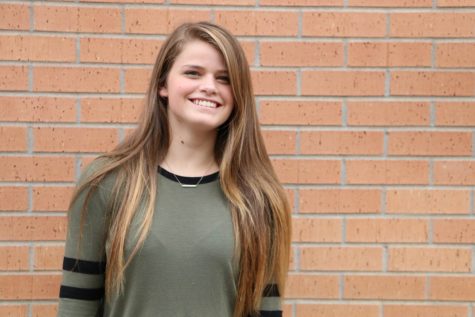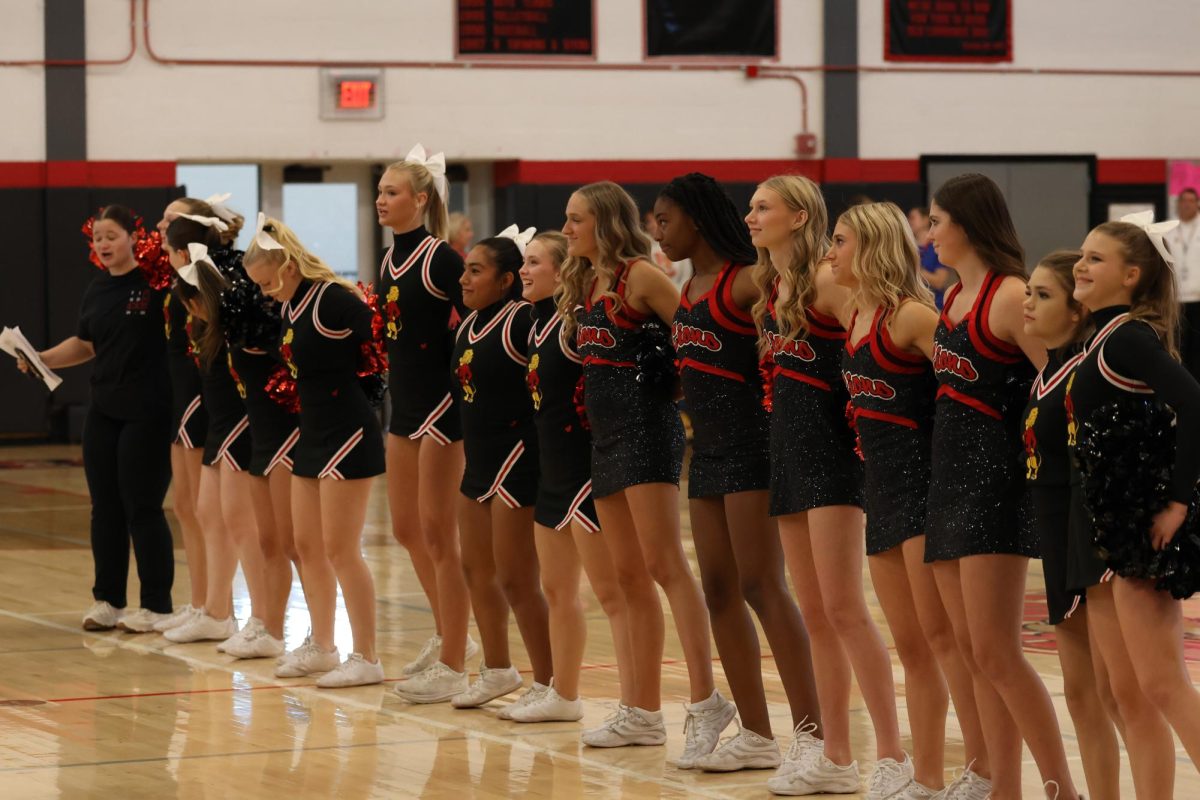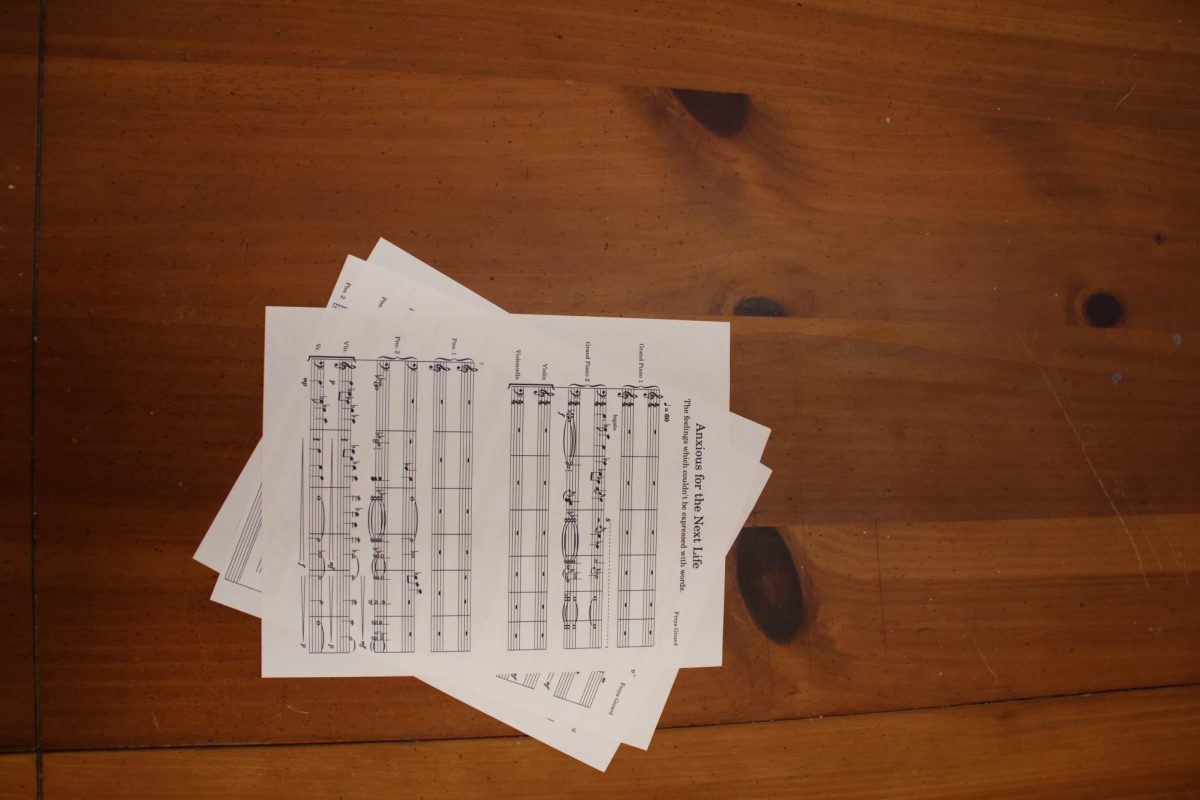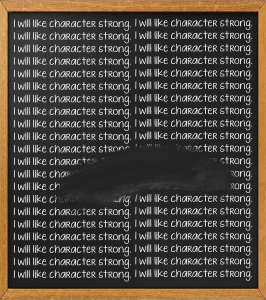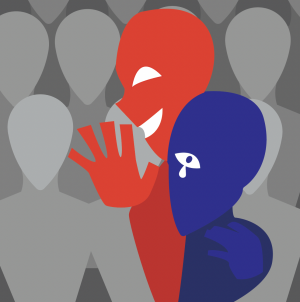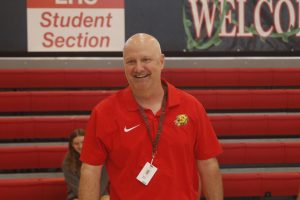Personal one-to-one devices
Proposal will give each student their own device for personalized learning awaits final decisions.
February 28, 2017
Starting fall 2017, high school students will have one Apple device checked out to them, in hopes of optimizing the future of education.
USD497 has made large advances toward a digital classroom, one that parallels the rapid growth of technology. The Blended Learning initiative attempts to bring school and technology together in order to make learning material more accessible.
At the beginning of the 2016-2017 school year, the district decided to give a select group of students, from both Free State and LHS, access to Macbooks and iPads for a short amount of time. The goal of this was to test if it’s plausible for each student to have a borrowed device, and to see which device is preferred. Once the 1:1 plan was decided, it was only a matter of choosing a device.
“The goal was to pilot the MacBook Air laptop and the iPad with students in both high schools and obtain feedback from students, teachers and parents on which device the high schools should choose for a 1:1 device for each student starting next Fall 2017,” LHS teacher Chris Johnson said.
Similar to that of the blended initiative, 1:1 aims to personalize learning for students, in order to let them move at their own pace. The argument is that if each student had a device and lessons were made primarily online, students could challenge themselves as much as needed in order to succeed.
“Personalized learning and the use of technology in the classroom are two goals of the school district. When students have access to using a device to further their understanding of the content in the classroom, it will assist in meeting these two goals,” Johnson said.
The collaboration of teachers from both high schools will provide information from classroom experience and student preferences in upcoming meetings. Preference data and possible issues are collected by a group of researchers at KU to be analyzed, comparing the pros and cons of each device. The final decision is expected in the coming weeks, as the group will give a presentation to the school board in February.
The Learning Forward, Future Ready plan is not without its problems. Devices sometimes served as distractions for students, for example. However, teachers are confident that the issues can be handled in the future.
“All of these issues came up during the pilot program, though, so we are more prepared now to handle them if they do come up again,” teacher Kelsey Buek said. “Like with good Blended Learning models, we want to help all students learn in a way that works best for them.”




